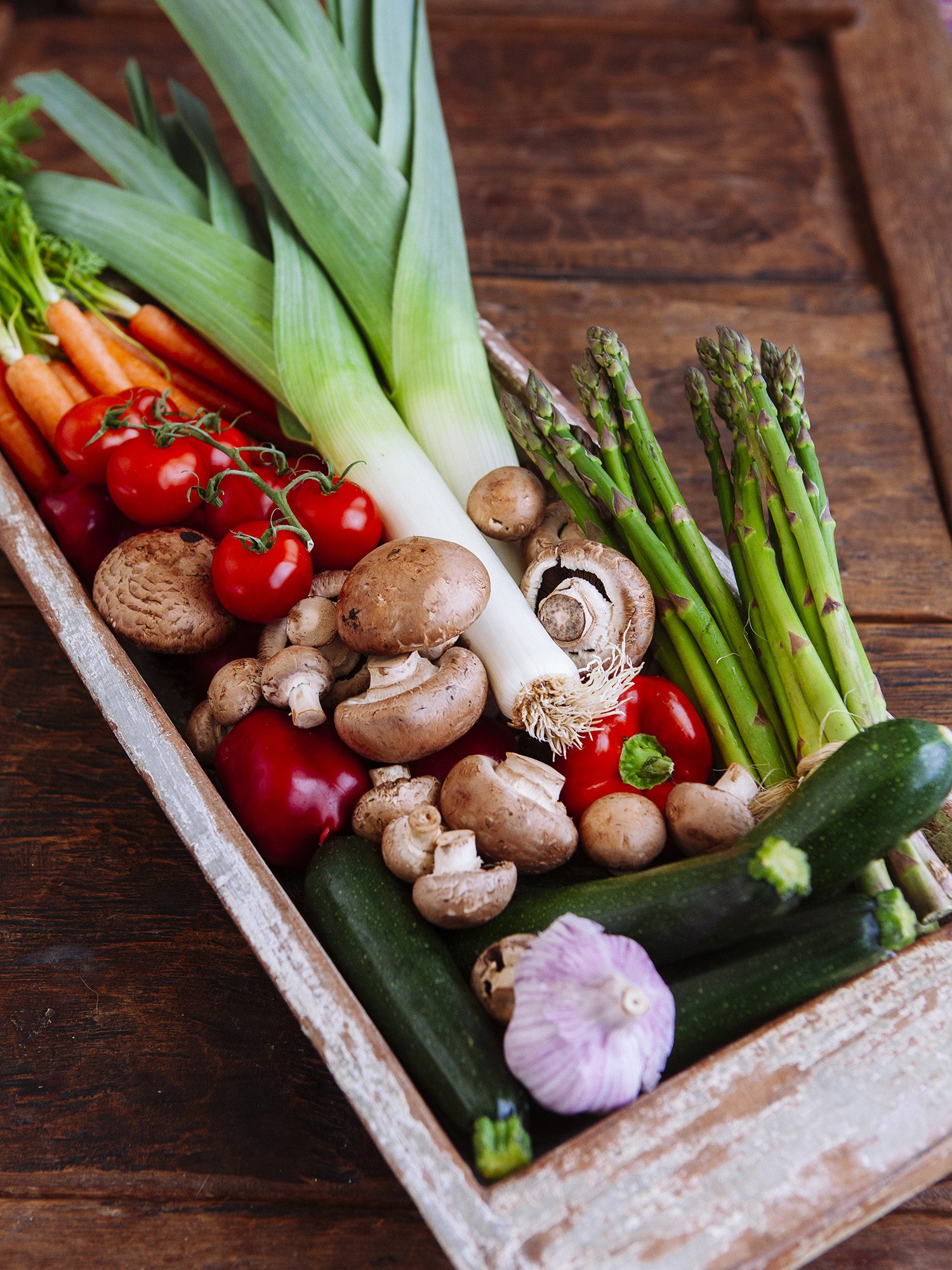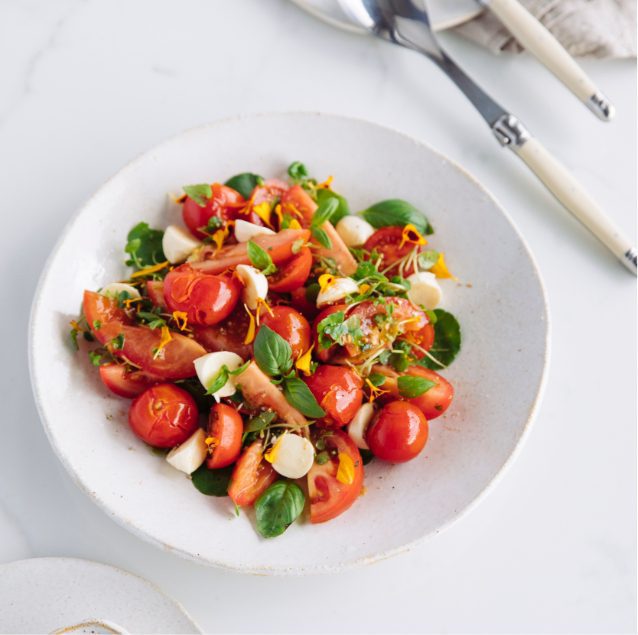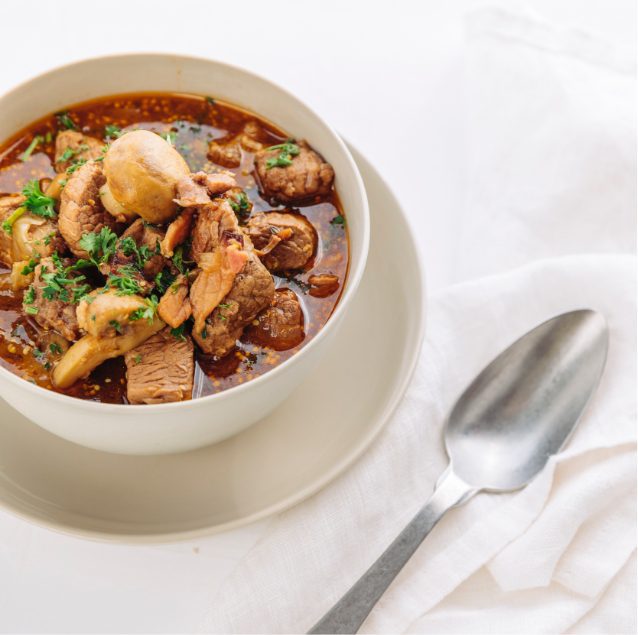In a world of nutritional misinformation, fake steak news and bulging belly blues, how on earth do you sort the chia from the chai?
Bone broth to kale cocktails. Fabricated fructose facts. And just what the F is teff? I have been asked every question under the sun about healthy food – how to cook it, where to get it, and is it really good for you?
The truth? Well, it’s not that easy to navigate, and in uncertain times, we find it’s a good idea to look back to get on track. Long before ‘wellness’ was just a word in the thesaurus, it was legitimate wisdom of the past. When it comes to healthy food, ancient traditions infused with a good dose of modern nutrition and a dollop of evidence-based research are just the ticket.
WHAT ‘FOOD AS MEDICINE’ REALLY MEANS
The new science of food as a contemporary culinary medicine may help us to have less inflammation. For example, a diet rich in vegetables, especially those dark green leafies (watercress is my favourite, what’s yours?) will have a more alkalizing effect once digested than a diet heaving in processed food, which typically creates more acidity. Where there’s acid, there’s heat. And when there is heat, there is usually inflammation presenting in the form of swelling, bloating, pain, and discomforts such as arthritis, gastritis, hepatitis or colitis.
Most proteins and carbohydrates are anabolic. This means that they build up (think Arnie Schwarzenegger on steroids), and can create acidity in the body. Anabolic foods can include an excess of meats (especially red meats), eggs, cheese, and other dairy products; fried food, salt, and extremely sweet food; refined and rancid flour and oil products; preservatives and chemical ingredients, drugs, and alcohol. This might also result in weight gain, disrupted sleep patterns, and dramatic energy swings.
On the other hand, most fruit and vegetables are catabolic, therefore they break down and are predominantly alkalizing. It all comes down to pH, the quantitative measure of acidity or basicity.
An ABC of alkaline vegetables might look like this: Alfalfa Avocado Beets Broccoli Cabbage Carrot Cauliflower Celery Chard Greens
Consider how you feel after an episode of overeating or binging on foods that you love but you know don’t make you feel great afterward. Then recall how you feel when you have something super healthy. While you might not feel like eating it at the time, once it starts to digest, you probably start to feel better, and perhaps have more energy.
Nothing sets you up better for a highly effective day than a sound night’s sleep. The best way to do this is through a healthy intake of quality, unprocessed, foods and the utilisation of our own energy resources, rather than those provided by an alternative that we might turn to when exhausted or time-poor.
EATING THE XALI WAY
Our Xali menu is brimming with an abundance of whole food recipes. Many are rich in protein to promote lean muscle mass and clarity of brain function and DNA repair. Others are bursting with all the goodness from the garden including citrus and berries, herbs and cherries, dark green leaves and snappy green peas!
All our recipes are nutrient-dense, rich in immune-boosting polyphenols. Many recipes have anti-inflammatory benefits, some are highly restorative and all are fresh and vital.
We encourage you to have a mindful approach to food. We hope it will promote a deeper connection to yourself and to your community because we are acutely aware of the overwhelm and confusion that many women face when it comes to food.












